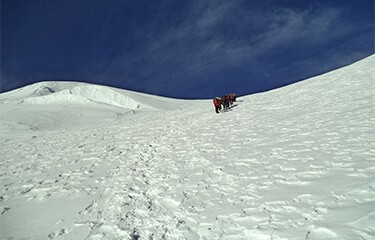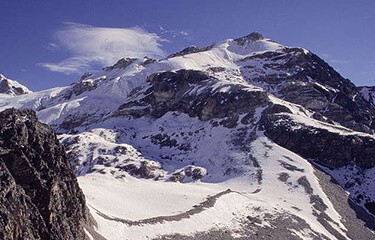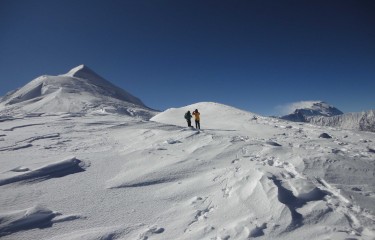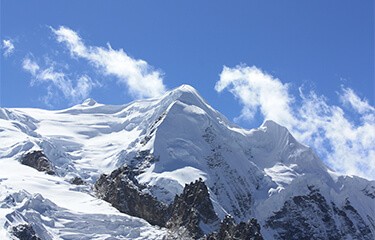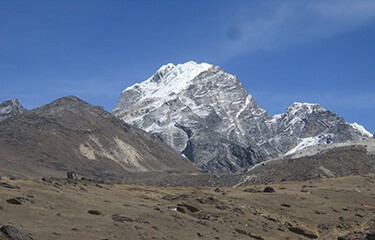“Great Things are done when Men and Mountains meet. This is not done by jostling in the street”
– William Blake
Island Peak (6,189m), also known as Imja Tse, is one of the famous trekking peaks in Everest Region with a stunning scenery. The famous mountaineer Eric Shipton named Imja Tse as “Island Peak” as it seems like floating in an ocean of snow when viewed from Dingboche.
Island peak is a great introductory bid for Everest and other 8,000m+ peak expedition. The peak is easily accessible and that the route itself is not technically difficult nor it is subject to high danger factor such as avalanches and snow storms. However, the peak is above 6,000m: it is steep on some part and there is high altitude mountain weather pattern.
Graded as alpine PD+, you need to use ropes, ice axes, crampons and harness to summit the peak. Add to this, you need to be in good physical conditions, be acclimatized and if your climbing experience is attenuated; hire a professional guide.
Randoli Nepal operates all the climbing adventures taking one thing in mind seriously: You. You and your safety always comes first. Our Island peak itinerary ensures proper acclimatization and pre-climb training is scheduled at ensuring you understanding the basics of equipment and techniques. We back up our plan with emergency oxygen cylinder, first aid kit and experienced “reserve guide”.
Island Peak Climbing Summit Route
Island Peak climbing starts very early in the morning at around 1 AM. We climb beyond the Base Camp and scramble up a boulder strewn trail to a rocky ridge and further onto the glacier. Here we use the fixed rope to cross glacier and reach the snow field. We will start climbing, sliding a Jumar which is fixed to our harness, up the rope.
Once we reach the exposed summit, you feel like you conquered the whole world- everything appears smaller. You will get the astonishing views of Lhotse (8,501m), Lhotse Central (8,410m) and Lhotse Shar (8,383m), Everest, Baruntse, Makalu and more peaks.
Summiting the peak is truly a great achievement but returning back safely is equally significant. You have to be careful while climbing down as the accidents usually happen during descend. It starts getting late and people are tired; so they rush and make mistakes. The only thing we would like to say is don’t rush and strictly follow the command of your leader.

.jpg)
